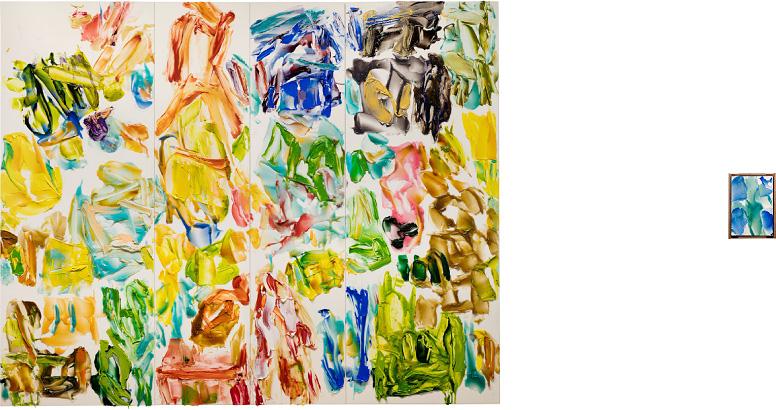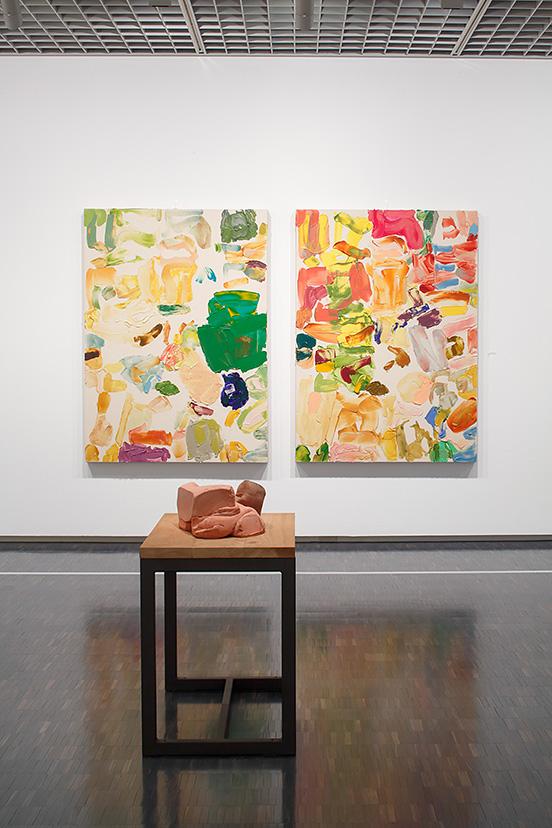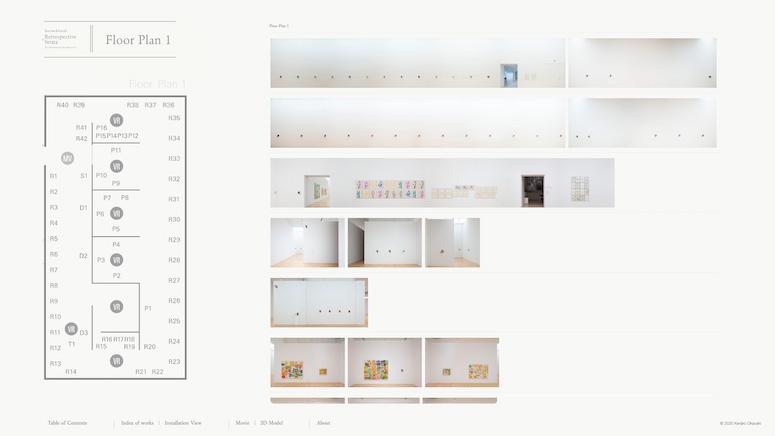News
Discontinuous Lines: Julije Knifer and Kumi Sugai
25 April, 2025
Discontinuous Lines: Julije Knifer and Kumi Sugai
The exhibition “Discontinuous Lines: Julije Knifer and Kumi Sugai” was conceived under the guidance of Kenjiro Okazaki.Discontinuous Lines: Julije Knifer and Kumi Sugai
TERRADA ART COMPLEX l BONDED GALLERY 4F, Tokyo, Japan
10 - 29 April 2025
https://galeriefrankelbaz.com/exhibitions/50-discontinuous-lines-julije-knifer-and-kumi-sugai/
===
Sugai and Knifer: Parallel Visions from the Periphery
Kenjiro Okazaki
Julije Knifer (1924-2004) from Croatia (former Yugoslavia) and Kumi Sugai (1919-1996) from Japan. The two likely never met in person. Yet one can discern profound commonalities in their works beyond surface resemblances―in methodology and artistic vision.
This commonality is undoubtedly connected to the time they both spent living and working in Paris, breathing the same air where politics and artistic culture intersected.
Landscapes emerging at the dead ends (cul-de-sacs) of systems, where urban planning under construction breaks off.
These momentary, seemingly accidental forms are what occupy our vision and persist in memory.
They present this as a force of resistance confronting established systems. An uninterrupted latent power―this was
manifested in Sugai's tubes and Knifer's meandering patterns (meanders).
If so, the forms appearing at these junctures emerge as barricades against the routinized scenery of urban life.
Anti-urban, anti-architectural―here "anti" refers to the political act itself.
Art thus manifests as this act, as political rupture.
Their work undoubtedly reflected post-structuralist thought with precision.
Through the work of Julije Knifer (1924-2004) and Kumi Sugai (1919-1996), we may also discover the true sources of what appeared on the surface on the American continent after the 1970s as post-Pop and post-abstract movements (sometimes called Simulationism). Their practices remind us that the avant-garde has always been generated at the geopolitical and visual peripheries.





